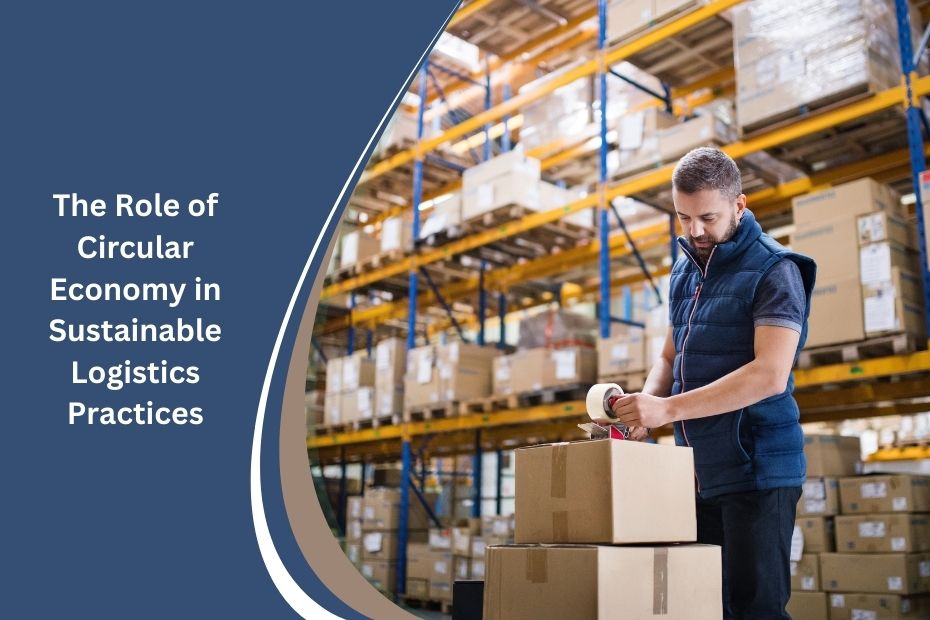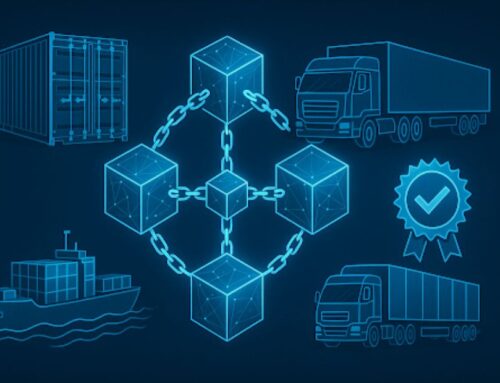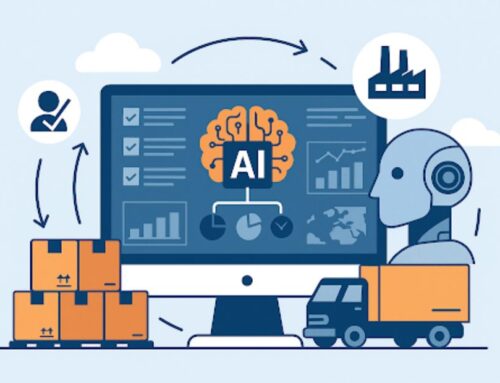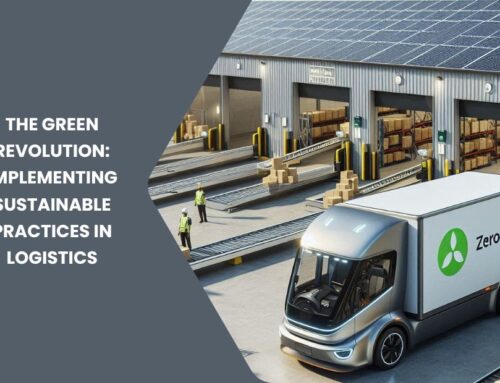Sustainability isn’t just a buzzword anymore—it’s a necessity, and the circular economy has become a guiding principle for businesses aiming to reduce waste and extend resource lifecycles. In logistics, this shift means reimagining traditional practices and embracing strategies that prioritize reuse, recycling, and value recovery. As someone who has worked extensively in supply chain management, I’ve seen how integrating circular economy principles can transform operations, making them more efficient and environmentally conscious.
Understanding the Circular Economy
At its core, the circular economy is about breaking away from the wasteful “take-make-dispose” model. Instead, it focuses on keeping resources in circulation for as long as possible through practices like reuse, refurbishment, remanufacturing, and recycling. In logistics, this approach requires building systems that facilitate the return of materials, packaging, and products back into the supply chain.
For logistics professionals like myself, this shift is both exciting and challenging. It demands rethinking processes to manage not just the forward movement of goods but also the reverse flow. It’s a complex task, but one that holds immense potential for businesses and the planet.
The Role of Logistics in the Circular Economy
Logistics is at the heart of any successful circular economy strategy. Traditionally, supply chains are designed for a one-way flow of goods—from manufacturers to consumers. But circular logistics introduces the need for reverse flows, where goods are returned to be reused, repaired, or recycled.
Take packaging as an example. Instead of single-use materials that end up in landfills, many businesses are now implementing systems to collect and reuse packaging multiple times. This shift reduces environmental impact and creates cost savings. By building more flexible and efficient logistics networks, we can ensure that materials remain in circulation, reducing waste and conserving resources.
Reverse Logistics: Closing the Loop
Reverse logistics is essential to making the circular economy work in practice. It’s all about creating systems to retrieve used products, packaging, and materials for recycling or repurposing. This isn’t just about ticking a sustainability box—it’s about finding new ways to extract value from what was once considered waste.
For example, a global electronics company I’ve worked with introduced a program to collect old devices from customers. These products were refurbished and resold, extending their lifecycle and reducing the need for new raw materials. Similarly, in the food and beverage industry, reusable crates and pallets are becoming standard practice. These items are collected, cleaned, and put back into circulation, cutting down on single-use packaging waste.
Innovations Driving Circular Logistics
Innovation is key to integrating circular principles into logistics. Technologies like blockchain and IoT are game changers, providing transparency and traceability throughout the supply chain. These tools make it easier to track the movement of goods, ensuring that materials destined for reuse or recycling are handled efficiently.
One standout example is a large European retailer that implemented smart tags on its products. These tags allow real-time tracking, making it easier to manage returns and monitor the condition of items. Additionally, many businesses are redesigning packaging to be more durable and reusable, which significantly reduces waste. Innovations like these demonstrate how technology and creativity can drive sustainable logistics practices forward.
Challenges and Opportunities
Transitioning to circular logistics isn’t without its hurdles. One of the biggest challenges I’ve encountered is the infrastructure required for reverse logistics. Many companies don’t yet have the systems in place to efficiently collect and process returned goods. Collaboration between businesses and logistics providers is essential to overcome this barrier.
Cost is another significant factor. Implementing circular practices often requires upfront investment in technology, training, and new processes. However, the long-term benefits—reduced waste, lower material costs, and improved customer loyalty—make the effort worthwhile. There’s also growing consumer and regulatory pressure to adopt sustainable practices, which creates opportunities for businesses to differentiate themselves.
Circular Economy in Action
Here are some real-world examples that highlight the impact of circular logistics practices:
IKEA’s Circular Hub
IKEA has launched “Circular Hubs” in many of its stores, where customers can return used furniture. These items are refurbished and resold at discounted prices, keeping products out of landfills. The program reduces waste and provides customers with affordable options while showcasing IKEA’s commitment to sustainability.
Coca-Cola’s Reusable Packaging Initiatives
Coca-Cola has embraced circular economy principles by committing to collect and recycle the equivalent of every bottle or can it sells by 2030. In some markets, Coca-Cola has introduced reusable glass bottles that are collected, sterilized, and refilled multiple times, significantly reducing single-use packaging waste.
H&M’s Garment Collection Program
The global fashion retailer H&M offers a take-back program where customers can drop off unwanted clothes at their stores. These garments are sorted into categories—reuse, recycle, or energy recovery—helping reduce textile waste while supporting their sustainability goals.
These case studies show that integrating circular economy principles into logistics isn’t just theoretical—it’s actionable and impactful.
Future Outlook for Circular Logistics
Looking ahead, the role of the circular economy in logistics will only grow. Advances in technology, such as AI and predictive analytics, will make it easier to optimize reverse logistics systems and manage resources more effectively. Governments and regulatory bodies are also likely to impose stricter environmental standards, encouraging more businesses to adopt sustainable practices.
For companies willing to invest in circular logistics now, the payoff will be significant. Not only will they reduce their environmental footprint, but they’ll also build stronger customer relationships and gain a competitive advantage in a market that increasingly values sustainability.
Key Circular Economy Practices in Logistics
- Implement reverse logistics to recover and reuse products efficiently.
- Adopt smart tracking technologies for better resource management.
- Redesign packaging to prioritize durability and reusability.
- Collaborate with partners to create closed-loop supply chains.
- Invest in training to ensure smooth adoption of sustainable practices.
In Conclusion
The circular economy offers a transformative approach to logistics, emphasizing sustainability, resource efficiency, and long-term resilience. By integrating circular principles, businesses can reduce waste, conserve resources, and align with the growing demand for environmentally responsible practices. From reverse logistics systems to innovative technologies, the opportunities for creating value are immense. As we continue to push for a more sustainable future, companies that embrace circular logistics will lead the way, proving that environmental responsibility and business success can go hand in hand.









